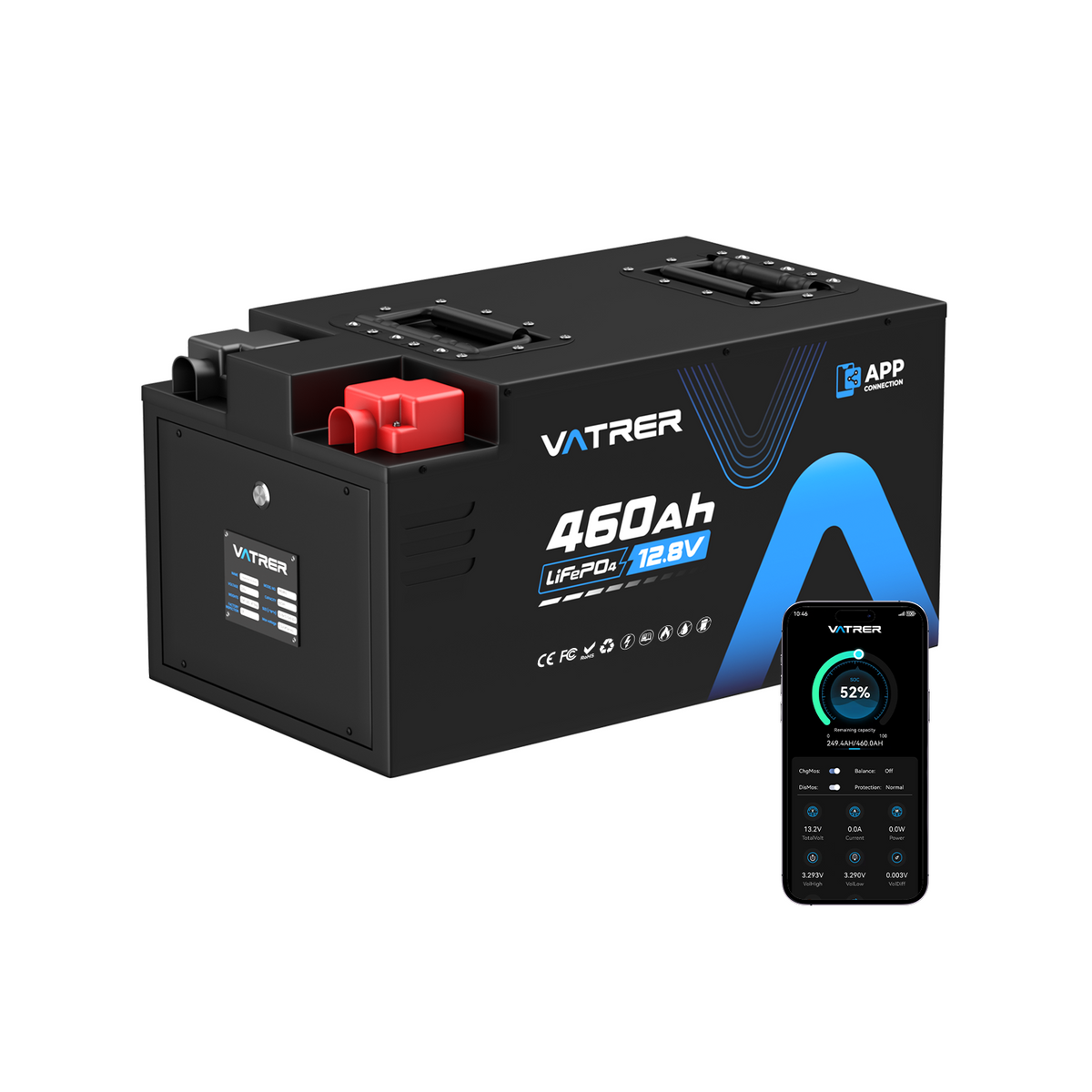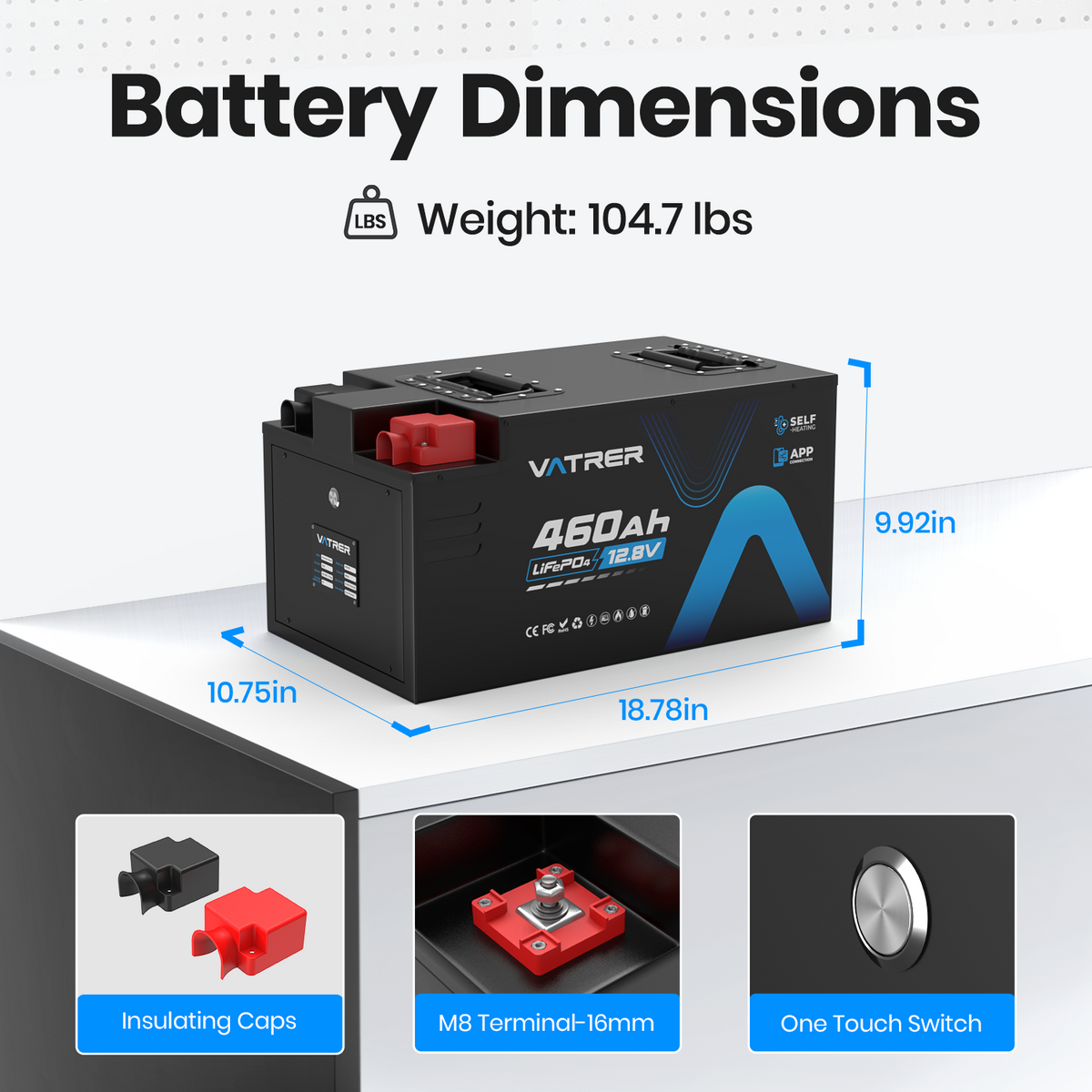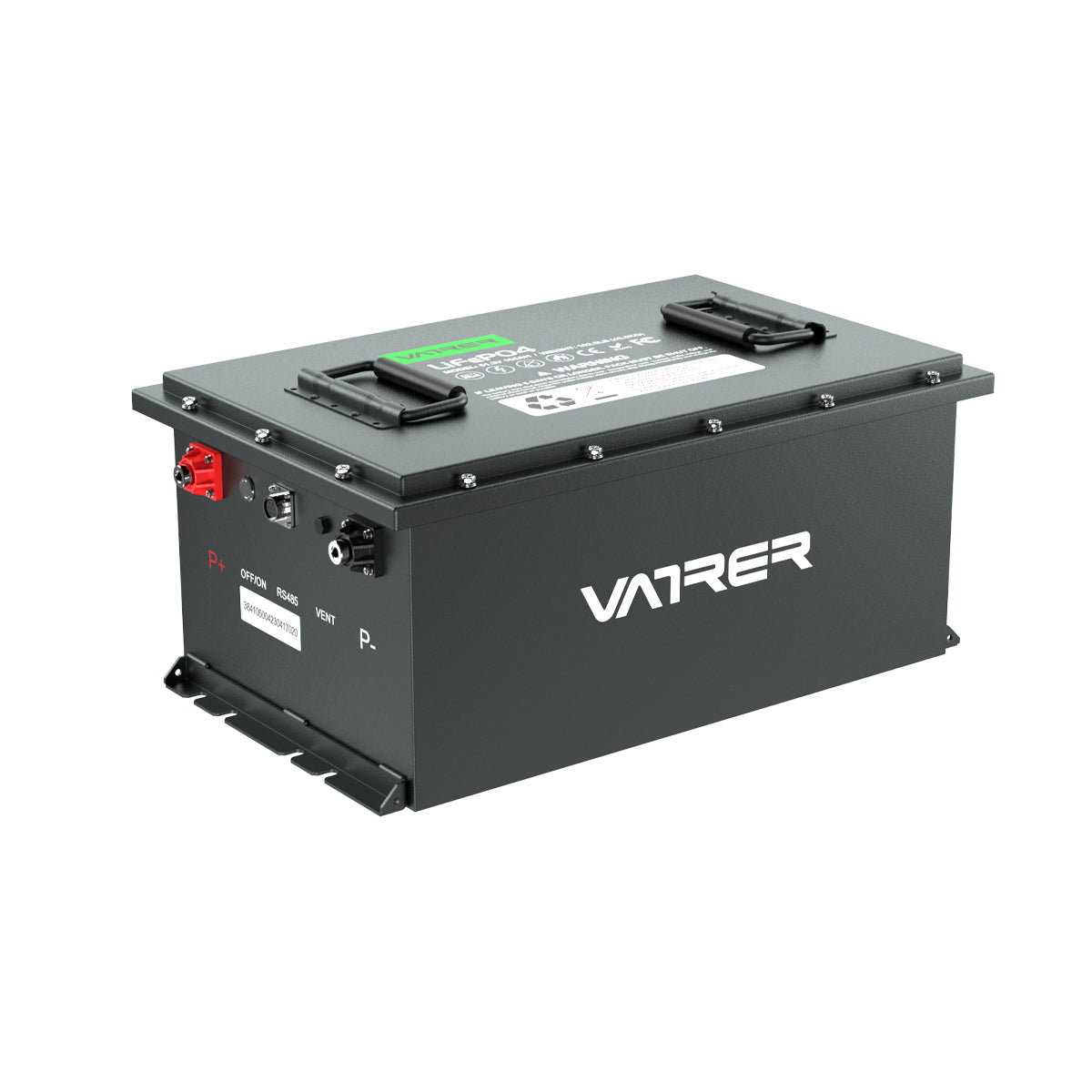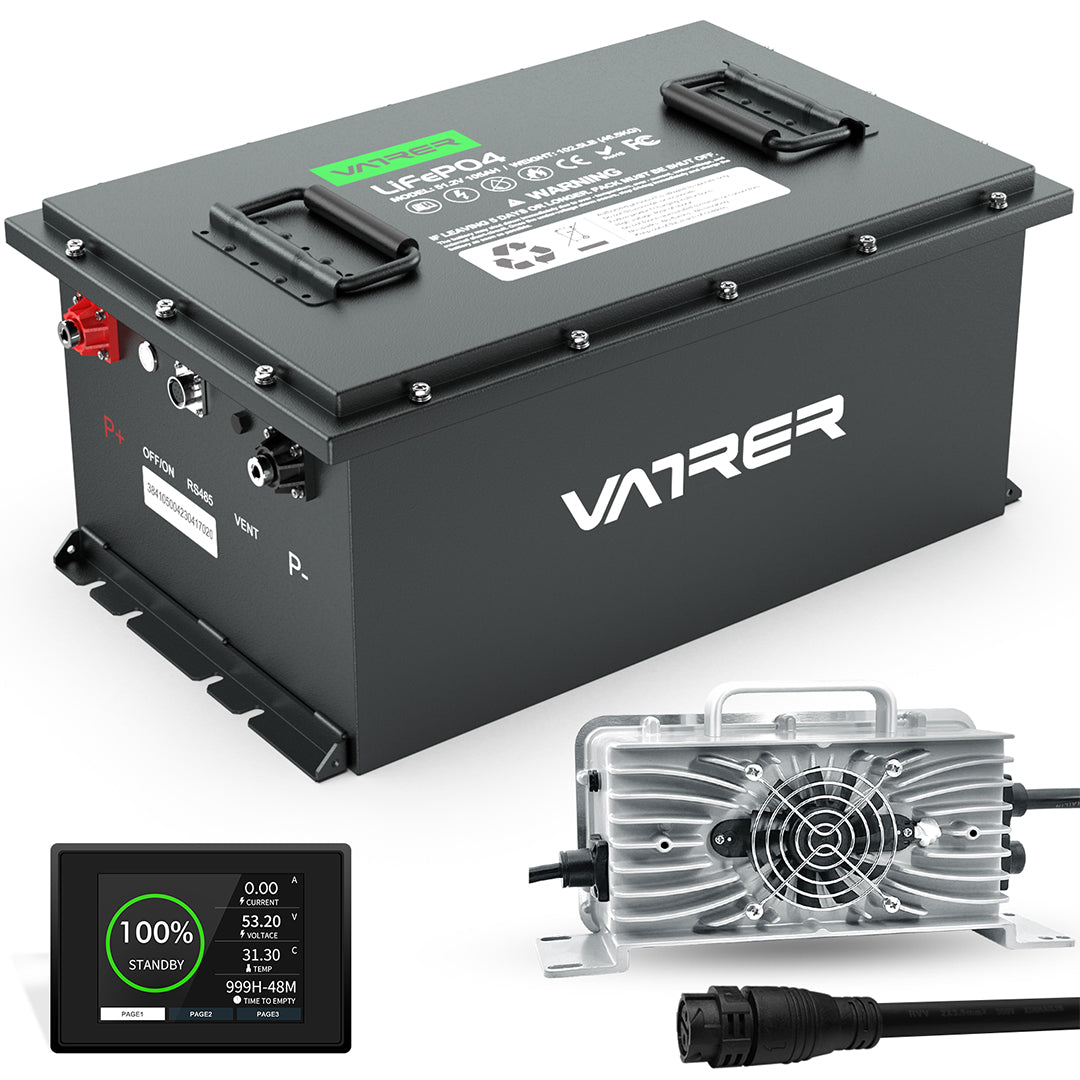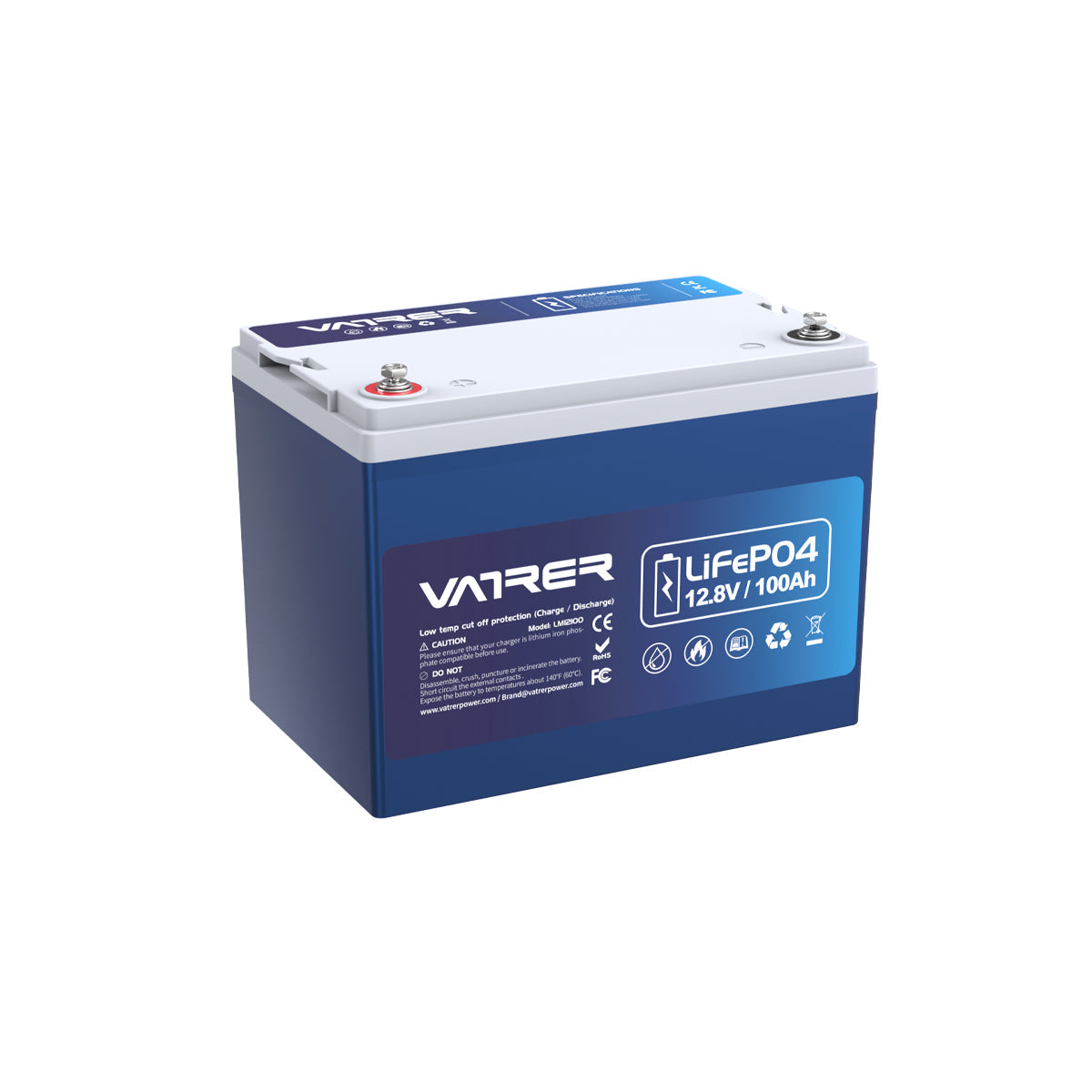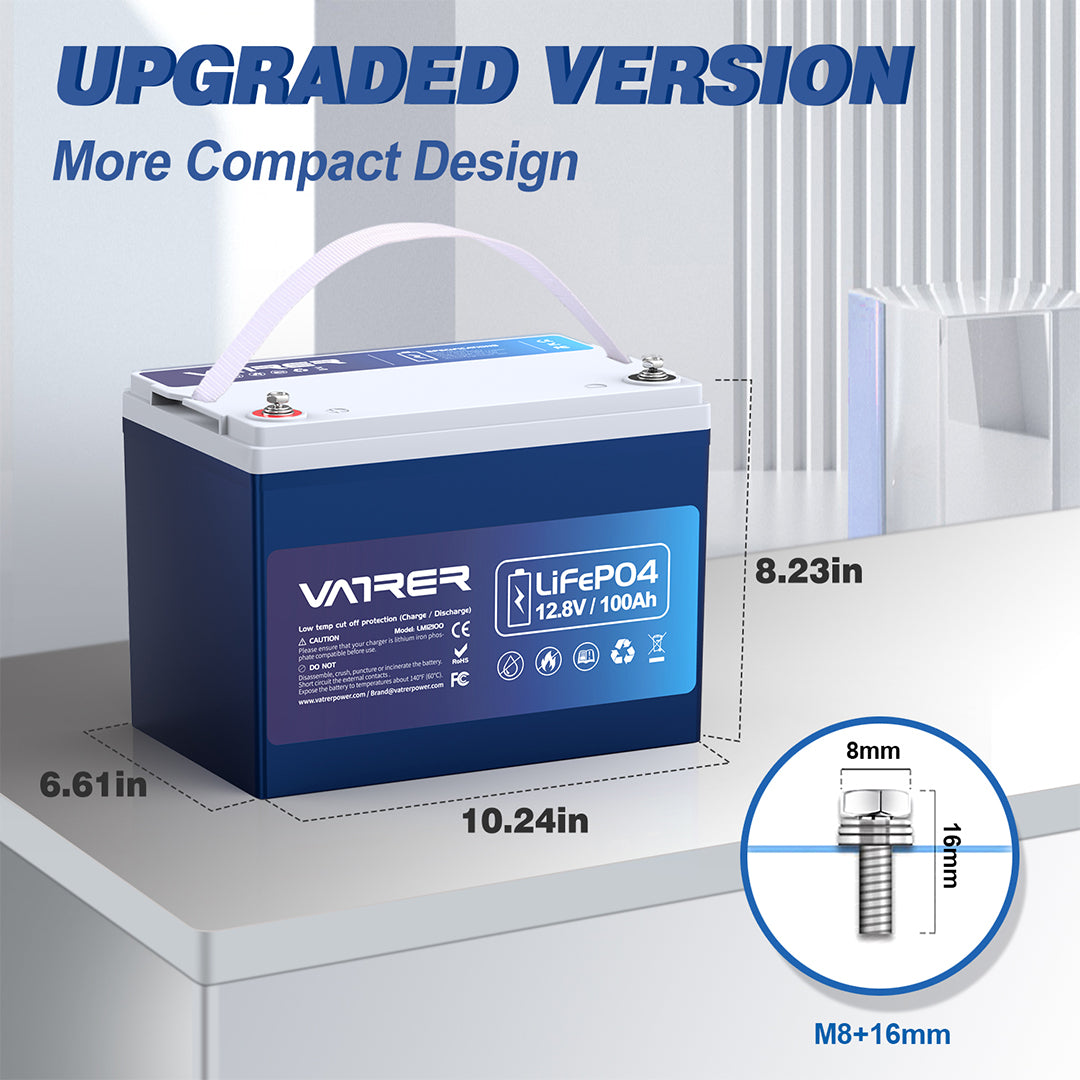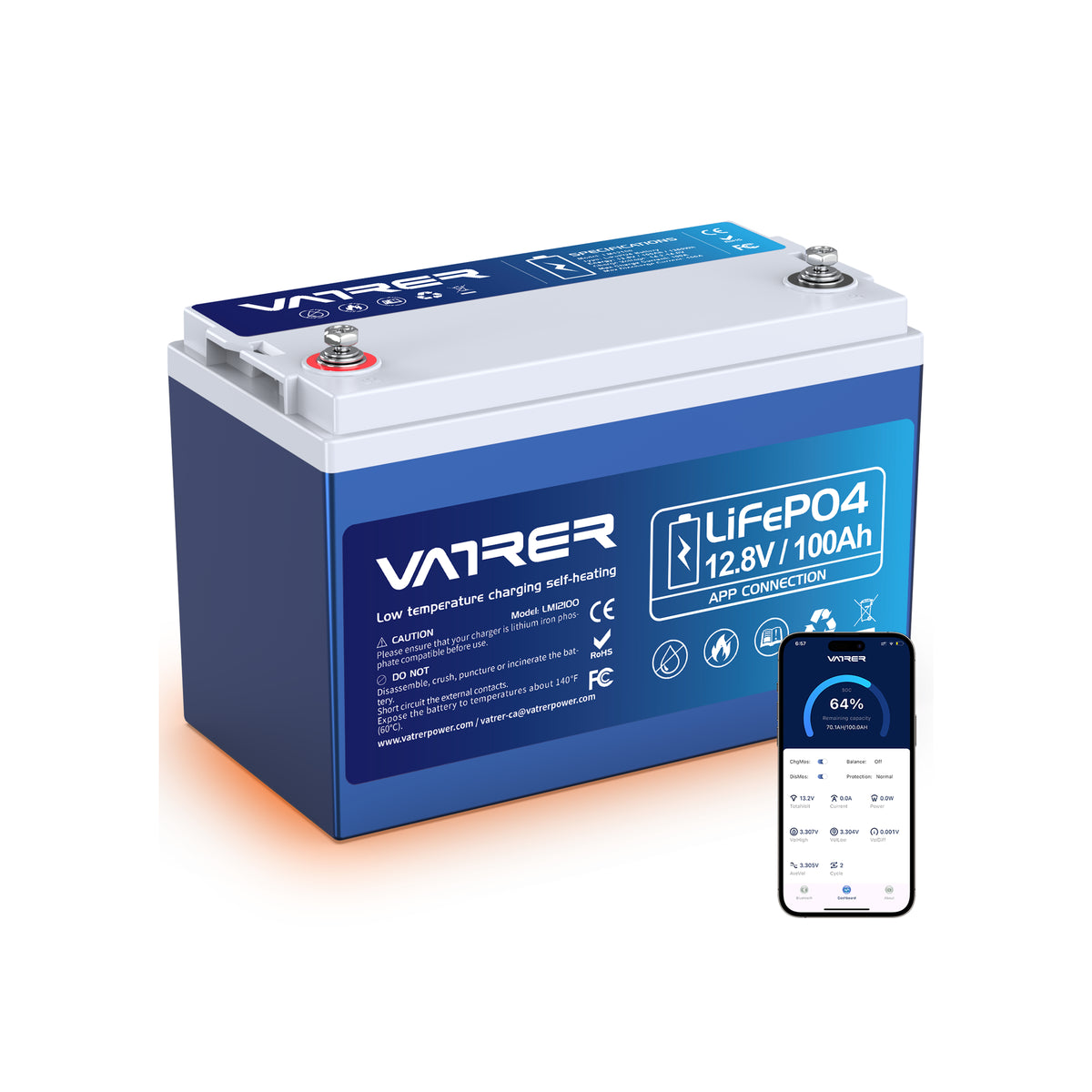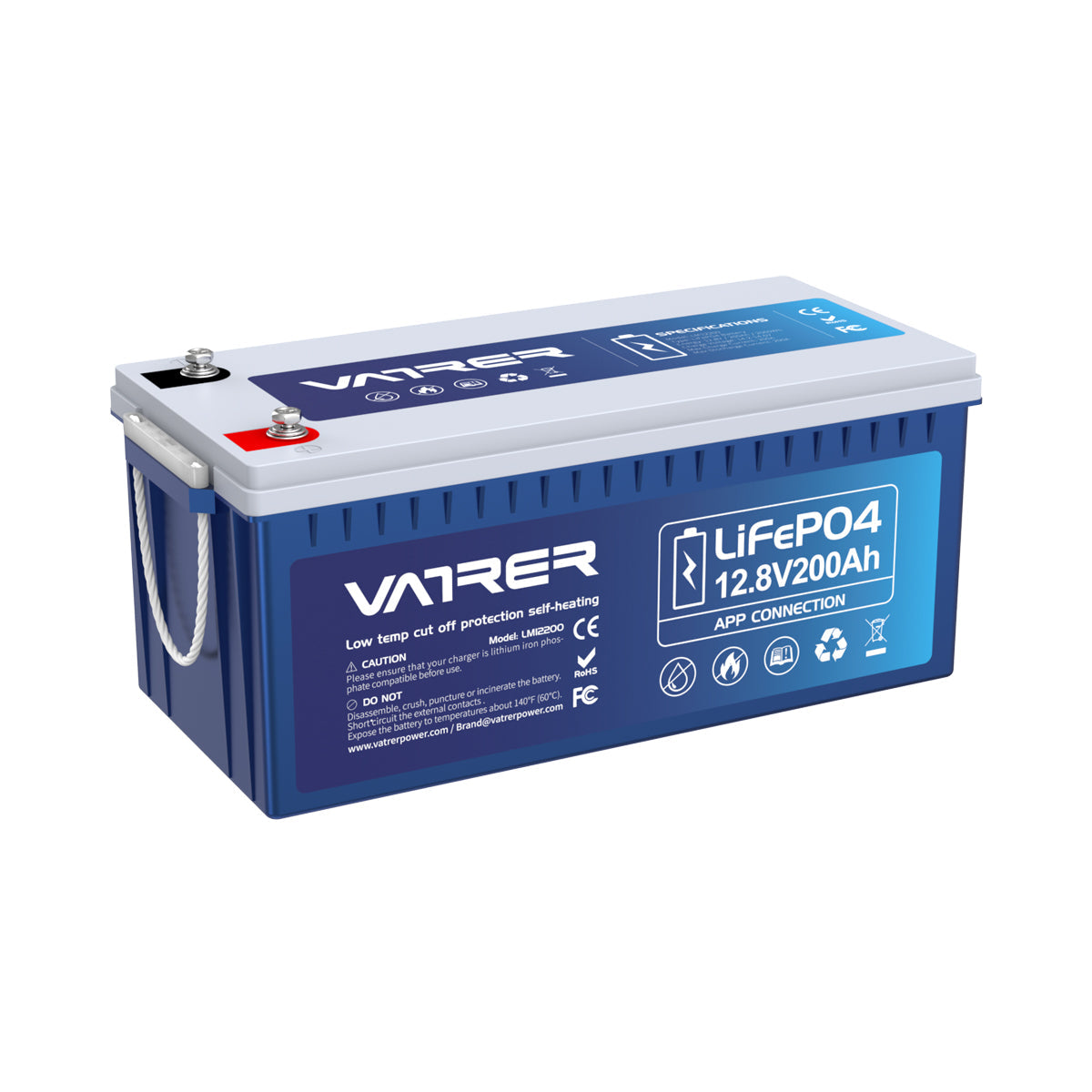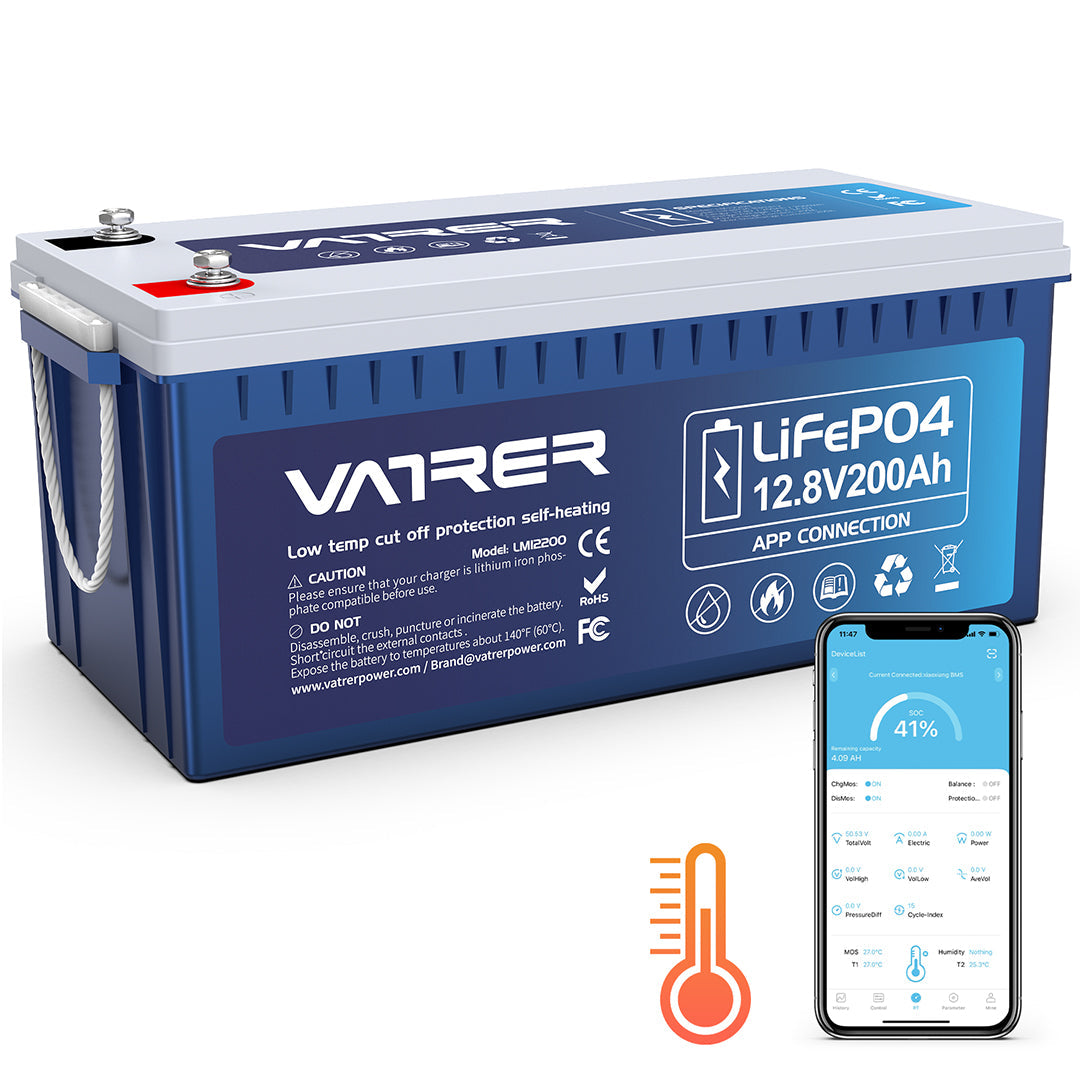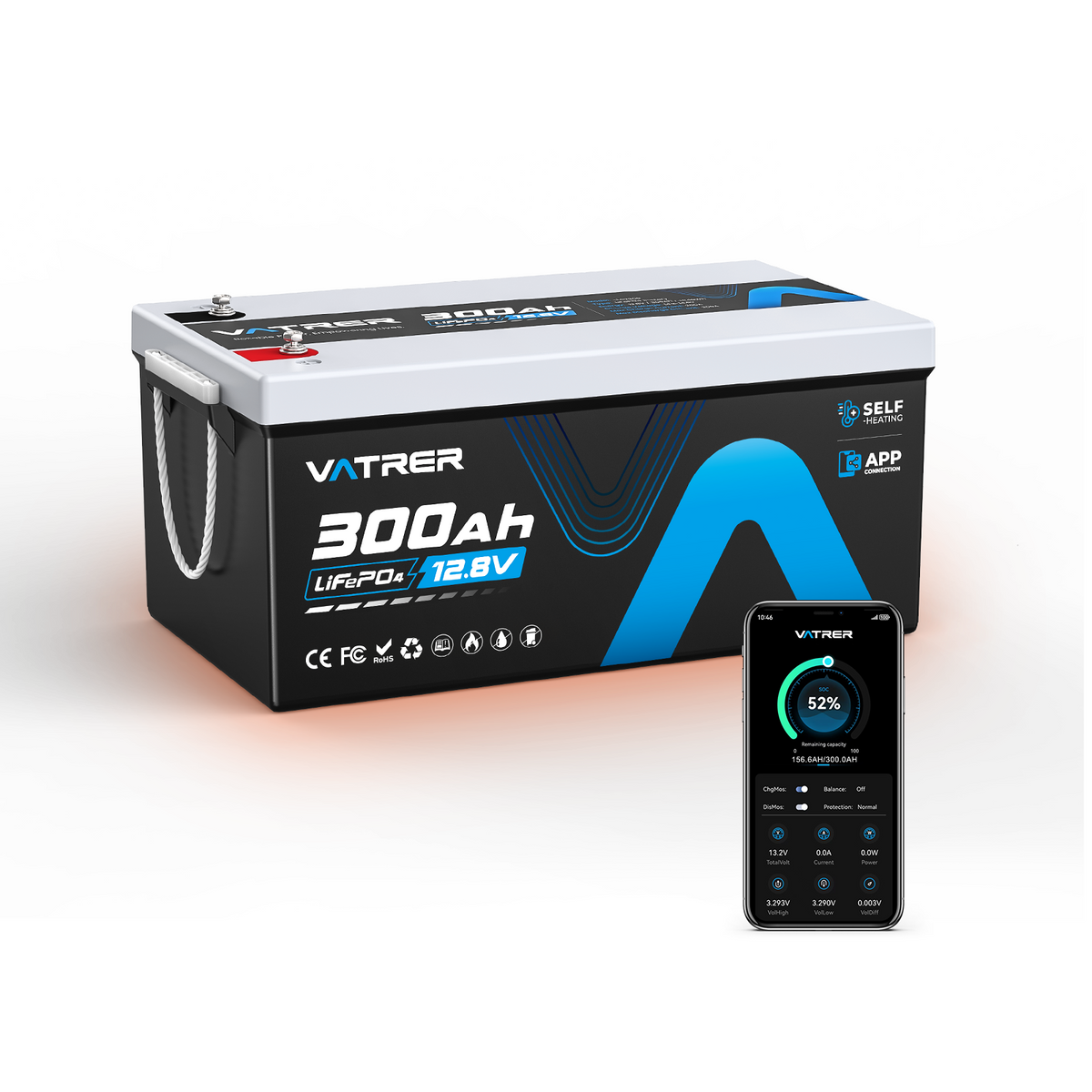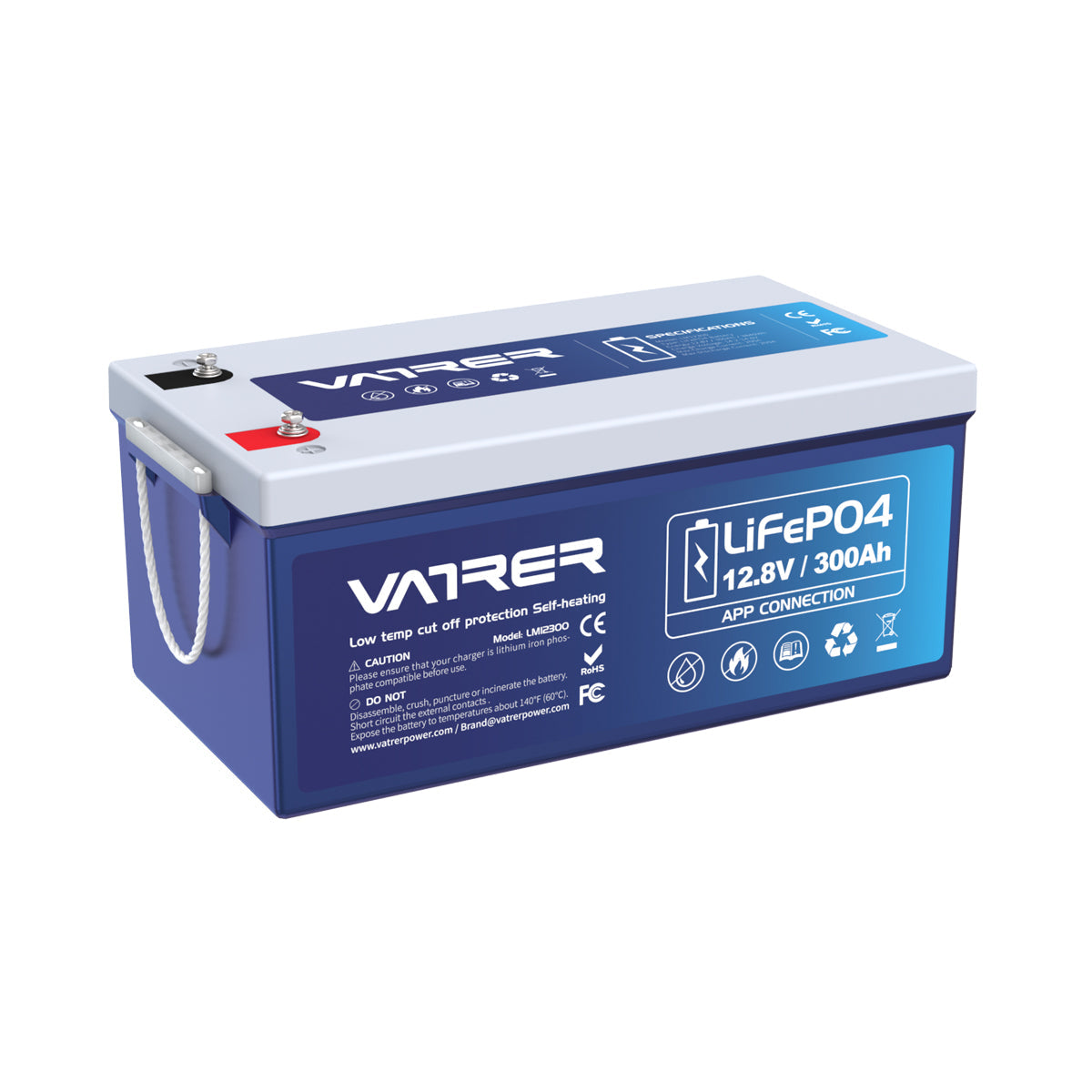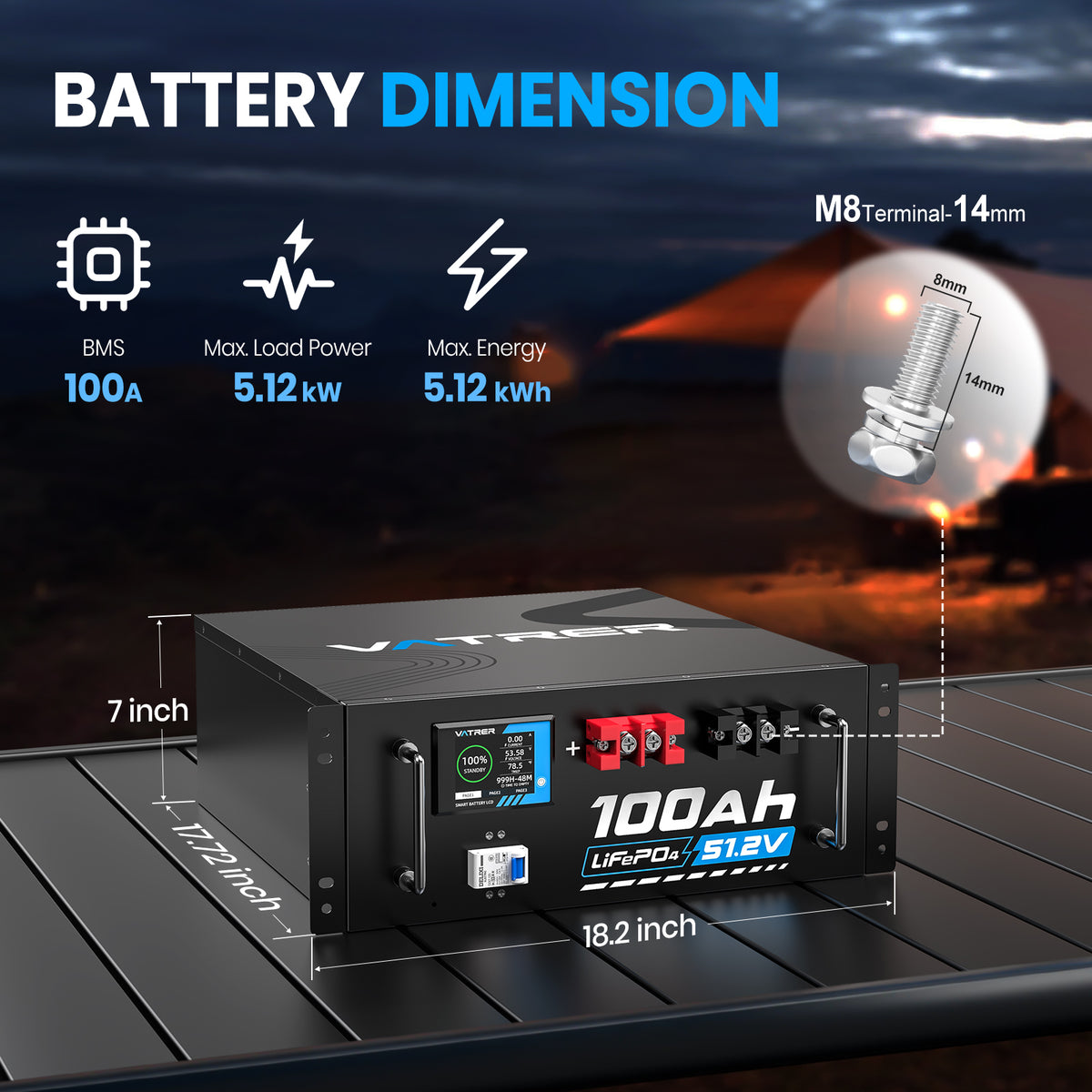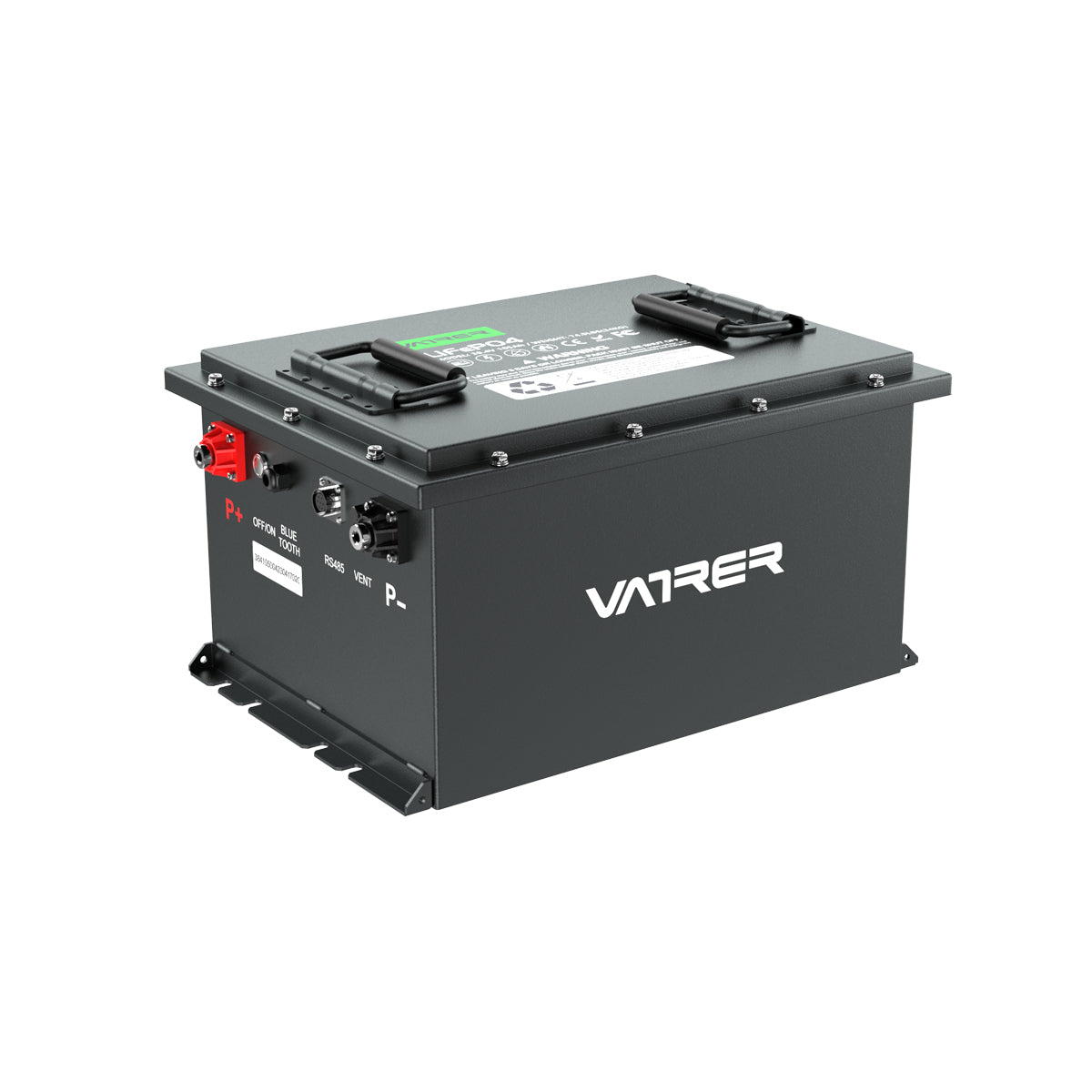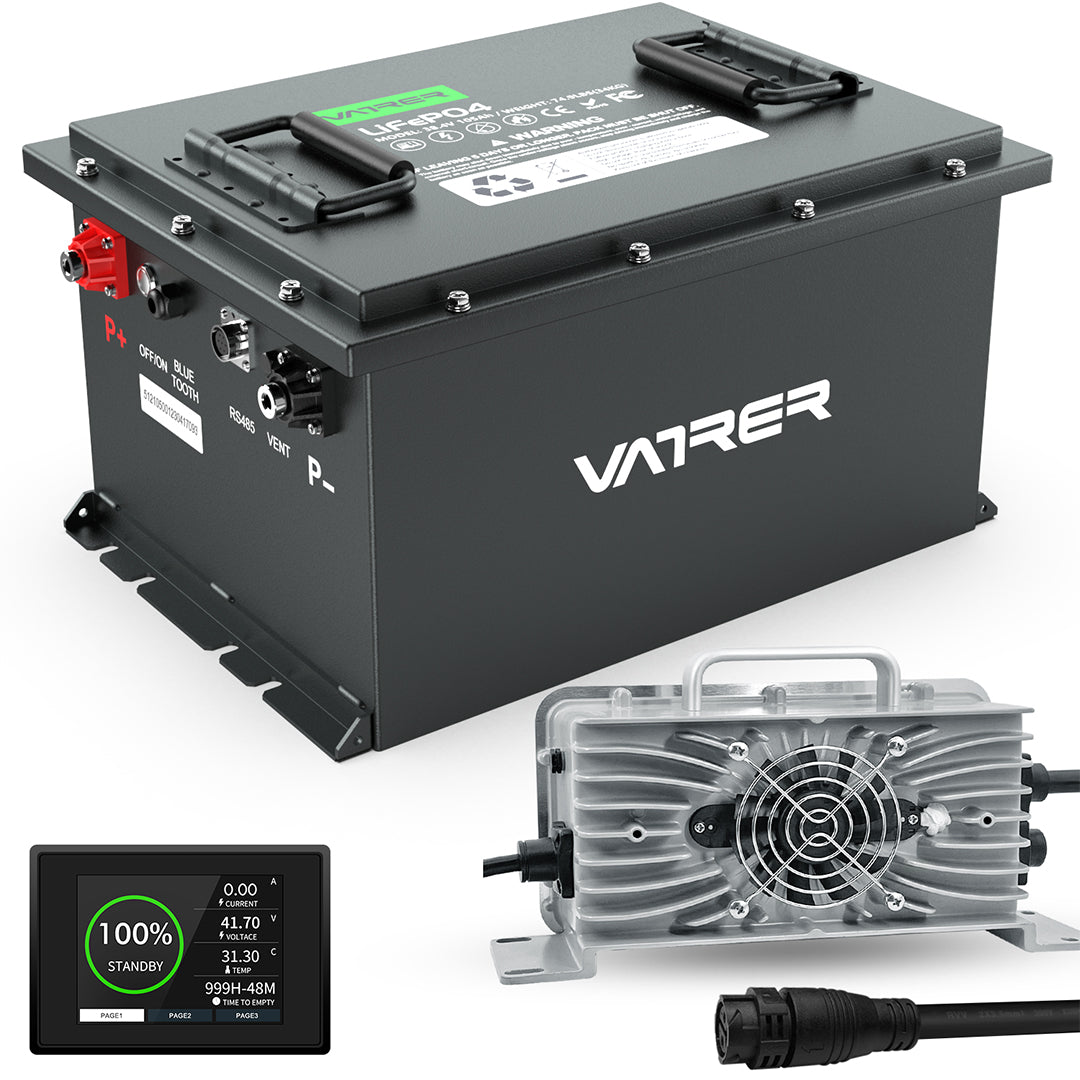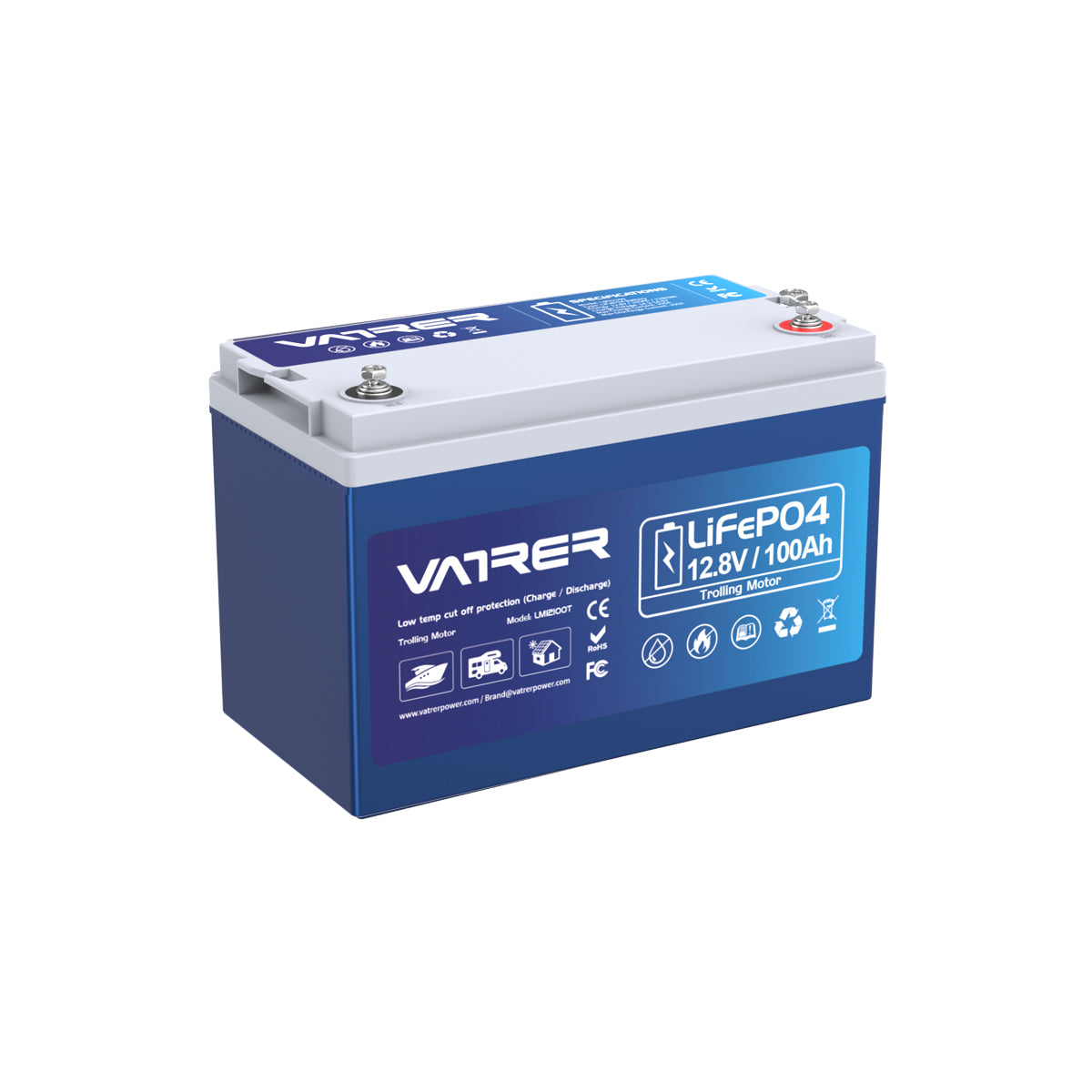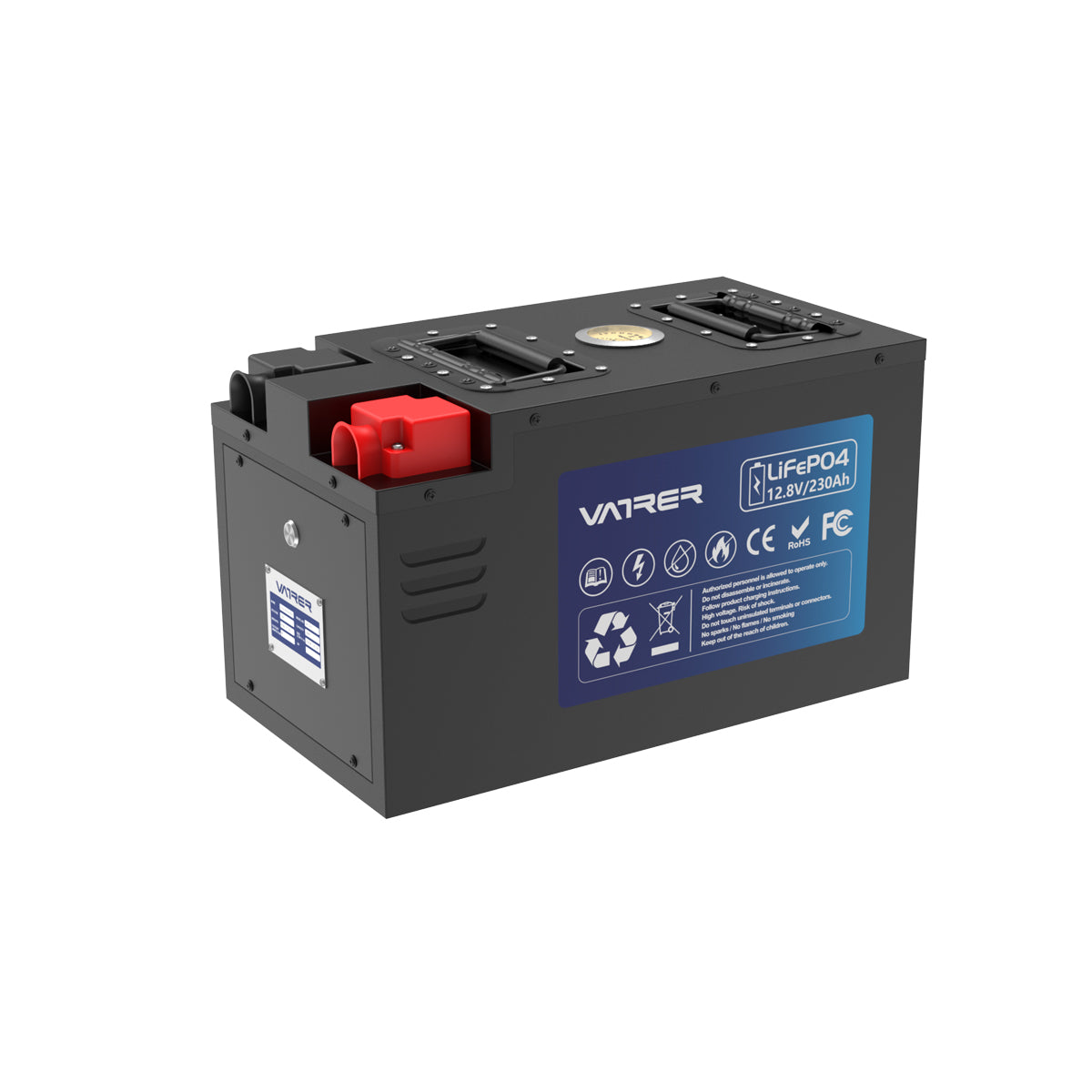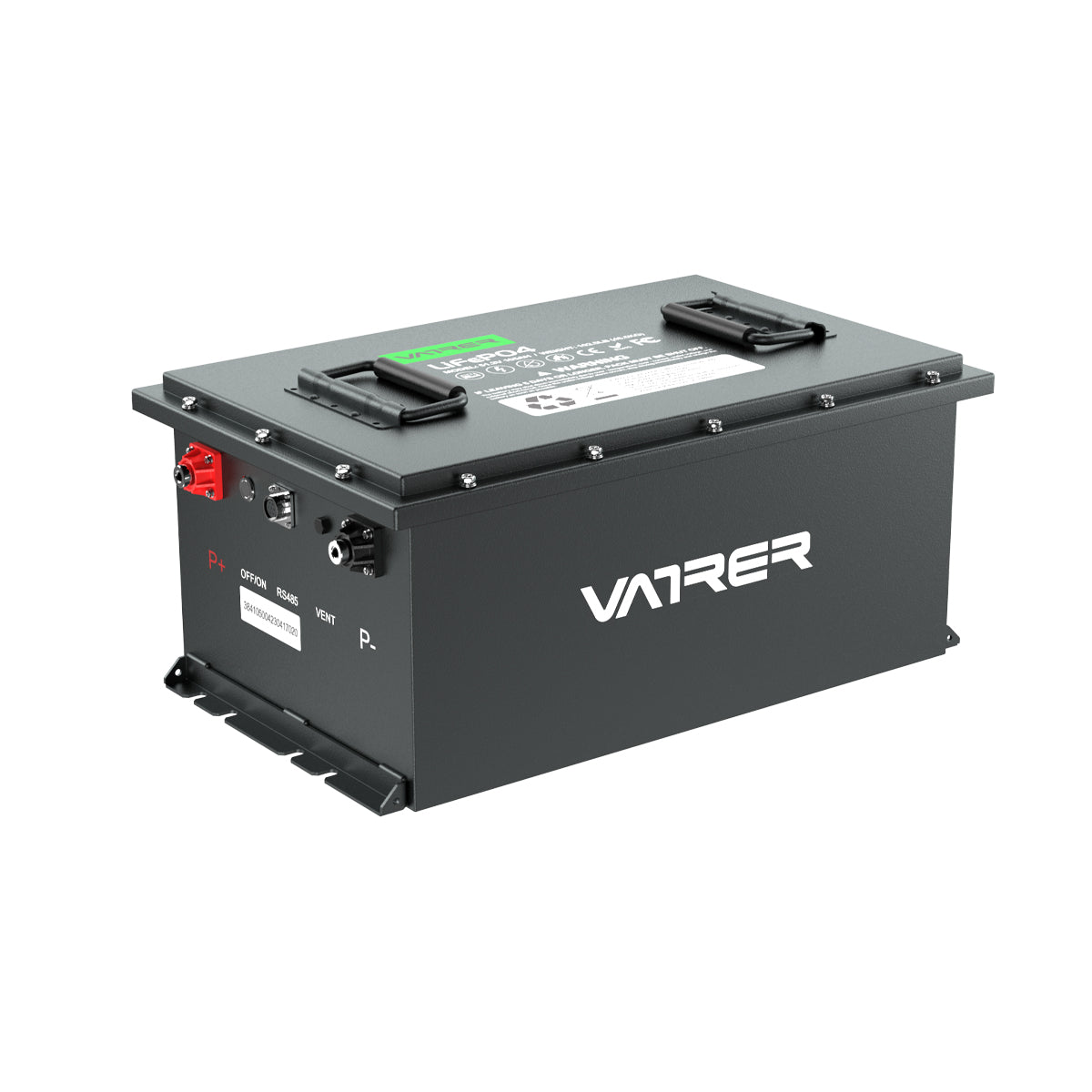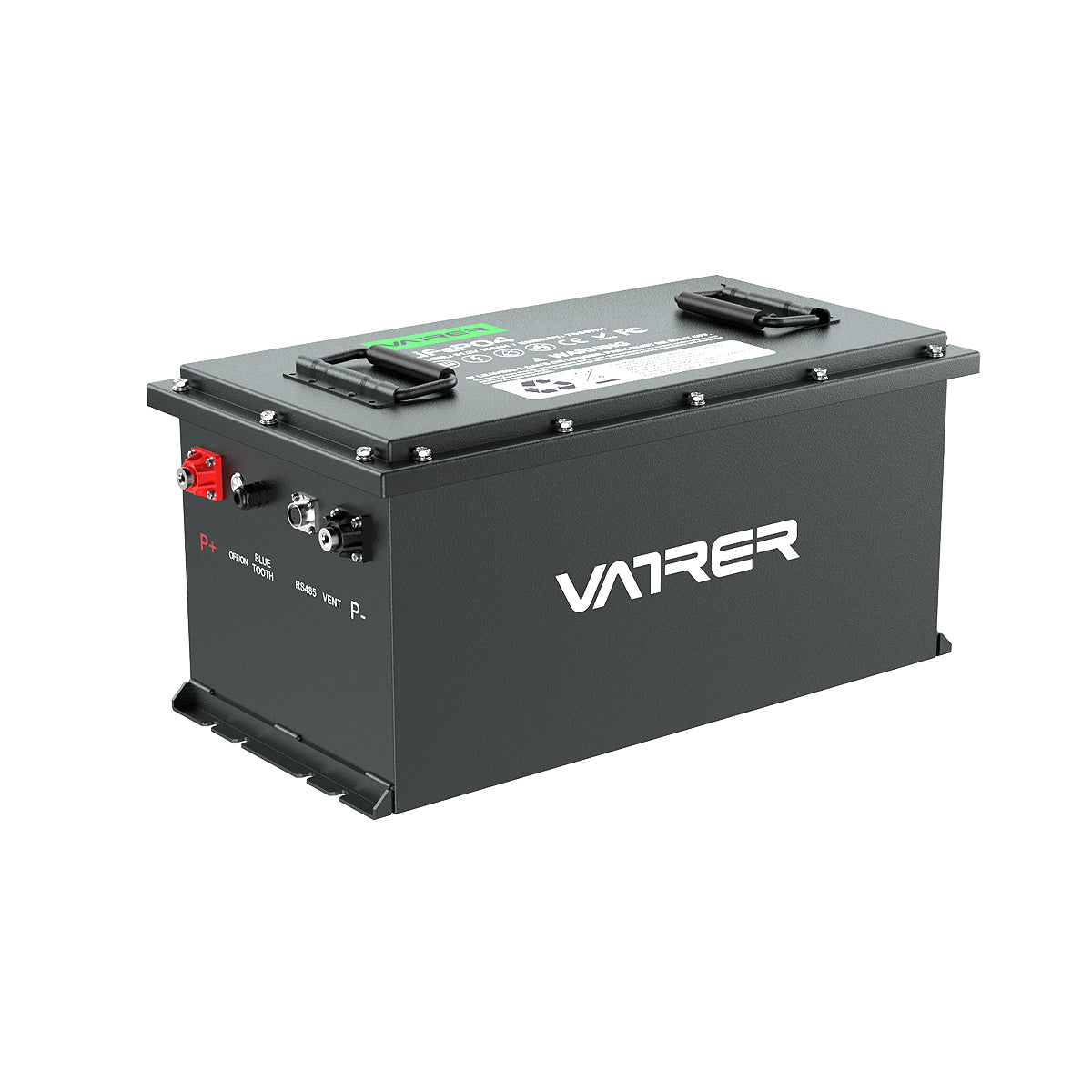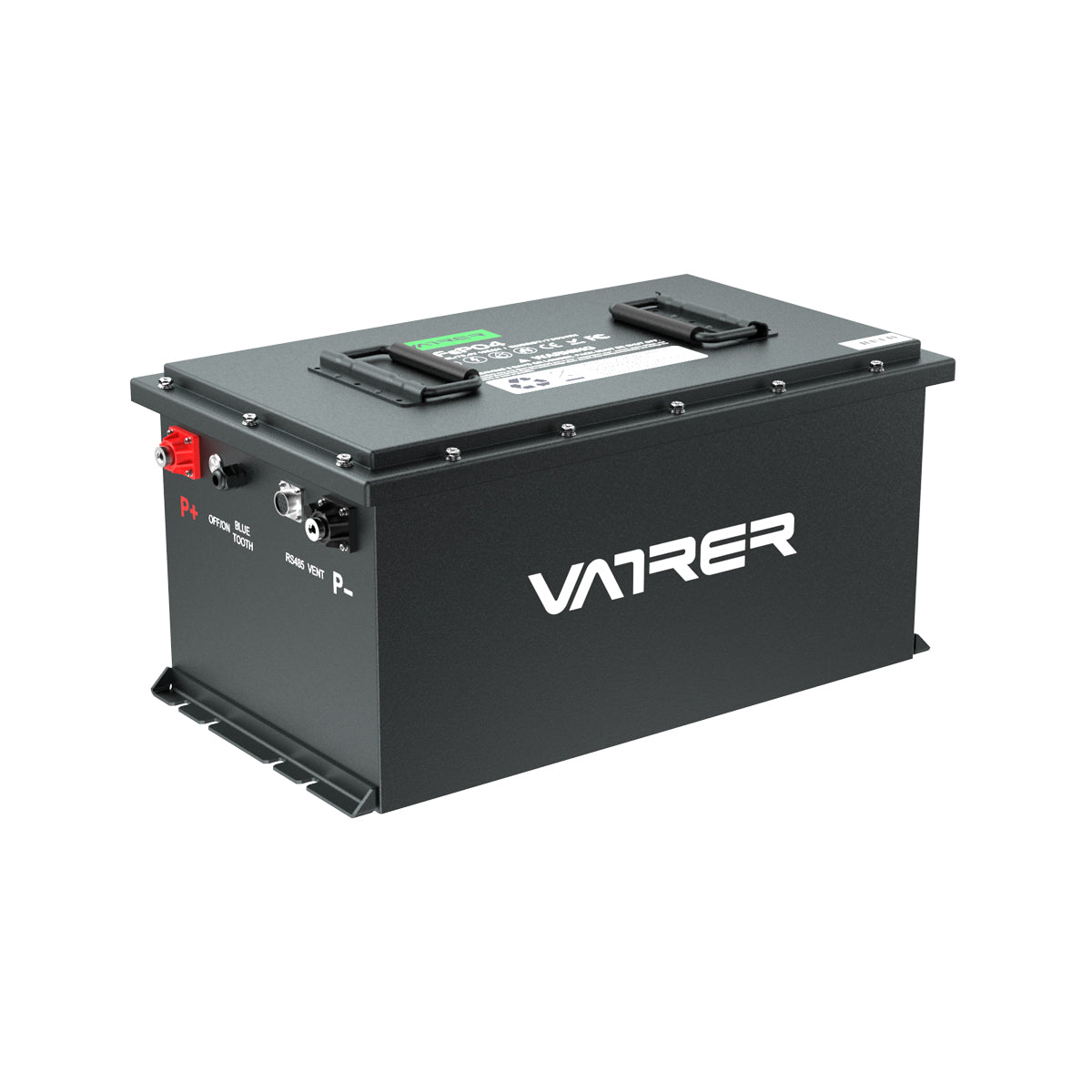1. Introduction
Overview of Golf Cart Battery Systems
Golf carts have become an essential mode of transportation in various settings, from golf courses to gated communities and industrial complexes. These vehicles are typically powered by rechargeable batteries, which are crucial for their operation. The battery system in a golf cart is designed to provide the necessary energy to power the electric motor, lights, and other accessories. Understanding the intricacies of these battery systems is vital for ensuring the longevity and efficiency of the golf cart.
Golf cart batteries are usually lead-acid batteries, similar to those used in automobiles, but they are often deep-cycle batteries. Unlike car batteries, which provide a short burst of high power to start the engine, deep-cycle batteries are designed to provide a steady amount of power over a longer period. This makes them ideal for the continuous energy demands of a golf cart.

Importance of Battery Maintenance
Proper maintenance of golf cart batteries is essential for several reasons. Firstly, it ensures the reliability of the vehicle. A well-maintained battery will provide consistent performance, reducing the risk of unexpected breakdowns. Secondly, regular maintenance can extend the lifespan of the battery, providing better value for money. Finally, maintaining the battery helps in preserving the overall health of the golf cart's electrical system, preventing potential damage to other components.
2. Understanding Golf Cart Electrical Systems
Components of a Golf Cart Electrical System
The electrical system of a golf cart comprises several key components, each playing a crucial role in the vehicle's operation. These include:
-
Battery Pack: The heart of the electrical system, providing the necessary power.
-
Electric Motor: Converts electrical energy from the battery into mechanical energy to drive the cart.
-
Controller: Regulates the power flow from the battery to the motor, controlling speed and acceleration.
-
Key Switch: Acts as the ignition, allowing the user to turn the cart on and off.
-
Charger: Recharges the battery pack when the cart is not in use.
Role of the Key Switch in the System
The key switch in a golf cart is a critical component that controls the flow of electricity from the battery to the rest of the system. When the key is turned to the "on" position, it completes the circuit, allowing electricity to flow to the motor and other accessories. Conversely, turning the key to the "off" position breaks the circuit, stopping the flow of electricity and effectively shutting down the cart.

3. Battery Drain Mechanisms
How Leaving the Key On Affects the Battery
Leaving the key in the "on" position when the golf cart is not in use can lead to significant battery drain. When the key is left on, the electrical circuit remains closed, allowing a continuous flow of electricity. This can power various components, such as lights, the controller, and other accessories, even when the cart is stationary. Over time, this continuous power draw can deplete the battery, reducing its charge and potentially shortening its lifespan.
The extent of the battery drain depends on several factors, including the duration the key is left on and the power consumption of the active components. In some cases, leaving the key on overnight can completely drain the battery, rendering the cart inoperable until recharged.
Other Factors Contributing to Battery Drain
While leaving the key on is a significant factor, other elements can also contribute to battery drain in golf carts:
-
Parasitic Loads: These are small electrical loads that continue to draw power even when the cart is turned off. Common sources include clocks, alarms, and other electronic devices.
-
Faulty Wiring or Components: Damaged or poorly maintained electrical components can cause unintended power drains.
-
Environmental Conditions: Extreme temperatures can affect battery performance and increase the rate of discharge.
-
Battery Age and Condition: Older batteries or those in poor condition may not hold a charge as effectively, leading to quicker depletion.
4. Case Studies and Examples
Real-World Scenarios of Battery Drain
To better understand the impact of leaving the key on, let's examine some real-world scenarios:
-
Scenario 1: A golf course manager reports frequent battery failures in their fleet. Investigation reveals that staff often leave the keys on overnight, leading to significant battery drain and increased maintenance costs.
-
Scenario 2: A residential community experiences issues with golf carts not holding a charge. Further analysis shows that many carts have parasitic loads from aftermarket accessories, exacerbating the problem.
Analysis of Data from Golf Cart Users
Data collected from golf cart users highlights the prevalence of battery drain issues. Surveys indicate that a significant percentage of users have experienced battery-related problems, often linked to leaving the key on or other preventable factors. This data underscores the importance of user education and proper maintenance practices.
Below is a table that summarizes the analysis of data from golf cart users, focusing on battery-related issues:
|
Category |
Details |
|---|---|
|
Prevalence of Issues |
A significant percentage of users report battery drain problems. |
|
Common Causes |
- Leaving the key on |
|
Impact |
- Reduced usability of golf carts |
|
User Education |
Emphasizes the need for educating users on proper usage and maintenance. |
|
Maintenance Practices |
Highlights the importance of regular checks and adherence to best practices. |
5. Preventive Measures
Best Practices for Battery Maintenance
To mitigate battery drain and extend the lifespan of golf cart batteries, consider the following best practices:
-
Regular Charging: Ensure the battery is charged regularly, especially after extended use. Avoid letting the battery discharge completely.
-
Routine Inspections: Conduct regular inspections of the battery and electrical system to identify and address potential issues early.
-
Clean Connections: Keep battery terminals clean and free from corrosion to ensure efficient power transfer.
-
Proper Storage: Store the golf cart in a cool, dry place when not in use to prevent environmental damage.
Tips for Avoiding Unnecessary Battery Drain
-
Turn Off the Key: Always ensure the key is turned off when the cart is not in use.
-
Disconnect Accessories: Remove or disconnect any non-essential accessories that may draw power when the cart is off.
-
Use a Battery Maintainer: Consider using a battery maintainer or trickle charger to keep the battery at optimal charge levels during periods of inactivity.
6. Conclusion
Summary of Findings
In conclusion, leaving the key on in a golf cart can significantly drain the battery, leading to reduced performance and potential damage. Other factors, such as parasitic loads and environmental conditions, can also contribute to battery drain. Understanding these mechanisms is crucial for effective battery management.
Recommendations for Golf Cart Owners
Golf cart owners should prioritize regular maintenance and adopt preventive measures to minimize battery drain. By turning off the key, disconnecting unnecessary accessories, and maintaining the battery, owners can ensure their golf carts remain reliable and efficient. Educating users on these practices is essential for prolonging battery life and enhancing the overall performance of their vehicles.





